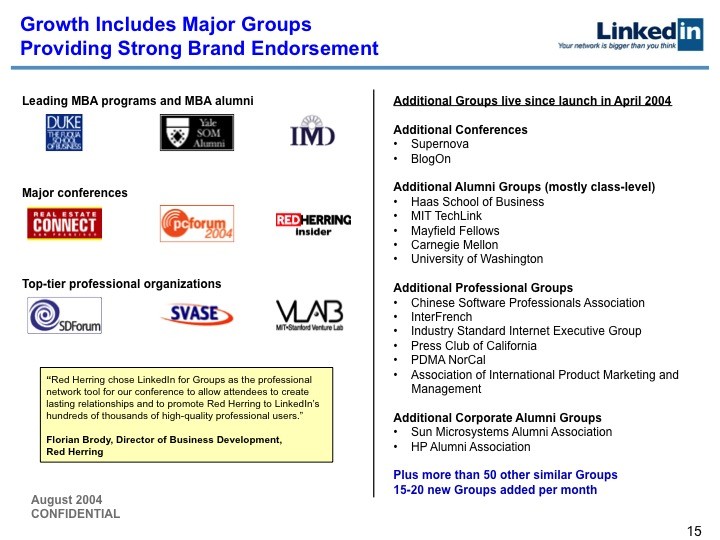Investing Summer School 3 Smart and Easy Strategies for Beginners
Post on: 9 Май, 2015 No Comment

About
Getty Images In today’s volatile investing climate, it’s scary to even think about putting your hard-earned money in the stock market, let alone actually do it. That’s an emotional hurdle every investor has to get over. Luckily, there are some simple strategies that can help you stay centered and not get thrown by the investing roller coaster.
The idea when you begin investing is to focus on building a cohesive portfolio — not just a random collection of a few stocks here and a fund or two there.
All this week, we’re running a series on basic investing lessons, trying to give novices the information they need to invest their money and make it work harder for them. We opened Monday with the basics on finding ways to save more to put toward your investments. Tuesday covered the five most common types of investment you might buy. In this third lesson, we’ll cover three popular strategies that many beginning investors use to establish their investment portfolios.
This technique couldn’t be simpler: Take a fixed amount of money every month and invest it in the investment of your choice. Low-cost mutual funds and ETFs that track popular market indexes like the Dow or the S&P 500 are good choices for this strategy, but you can dollar-cost average with just about any kind of investment.
Dollar-cost averaging has two big benefits. First, by putting aside the same amount month in and month out, you’ll build a habit of saving and investing. Second, when shares are cheaper, you’ll buy more of them, while when prices rise, you end up with fewer shares investing the same amount.
On average, you’ll buy more when an investment is cheap than when it’s expensive. Buying low is an important way to generate long-term profits, and dollar-cost averaging allows you to take advantage of changing prices to add to your gains.
Strategy 2: Reinvest your dividends to keep building your position.
Investors want two things from stocks: current income and long-term growth. Dividend stocks can give you both of those desirable traits, with the best choices paying reliable and growing dividends while still allowing you to share in the growth prospects of the company’s underlying business.
One popular dividend strategy involves reinvesting the quarterly dividends you receive to buy additional shares of stock. Some companies offer Direct Reinvestment Plans through their investor relations departments, and many brokers offer a similar service that automatically takes dividends and purchases fractional shares at no commission.
Check with your broker to see what services it offers: With hundreds of high-quality blue-chip dividend stocks as well as many ETFs and mutual funds that specialize in dividend investing, it won’t be hard to find promising candidates for your investment portfolio.

Strategy 3: Protect your investment profits from the IRS.
Successful investing isn’t just about picking great stocks and other investments. It’s also about hanging onto as much of what you earn as you can. Capital gains taxes can eat into those returns, so it’s essential for your investment strategy to include ways of keeping the IRS at bay.
By investing through IRAs and employer-sponsored retirement plans like 401(k)s, you can take advantage of tax savings available for retirement savings. Depending on how much growth you can get out of your IRA or 401(k) investments, you could shelter potentially huge amounts of income from taxes as long as the money stays within the account. With some retirement accounts, you’ll have to pay taxes when you withdraw money in retirement, but Roth IRAs and 401(k)s make that income tax-free.
Starting to invest can be nerve-wracking, but having a solid strategy in place makes the whole process less intimidating.
In our next lesson, we’ll cover what you need to do to open different types of investment accounts and how to do research on finding the best investments available.
Dan Caplinger is a contributing writer to The Motley Fool. If you’re looking for some long-term investing ideas, check out The Motley Fool’s special report, The 3 Dow Stocks Dividend Investors Need .














